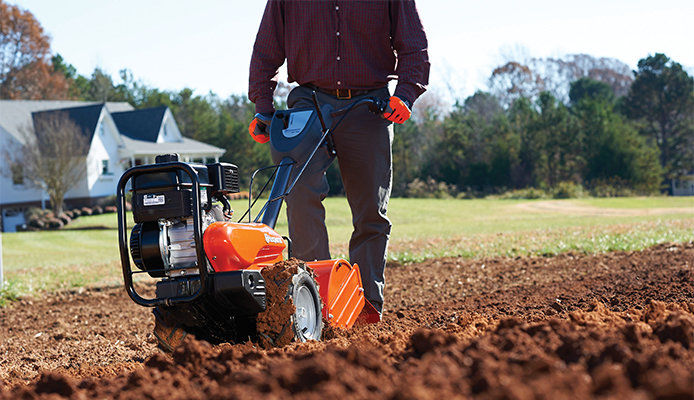What Does a Tiller Do?
Garden tilling or cultivating is a method used by farmers and gardeners to increase soil fertility. The soil becomes more fertile after tilling because the tiller turns up the earth and effectively aerates the soil, allowing water, oxygen, and other nutrients to more efficiently reach plant roots. In addition, tilled soil helps prevent weeds and insects from damaging and hindering your plant growth. Garden tilling and cultivating produces many benefits, so we’ve provided information to help you effectively prepare and till your garden.









